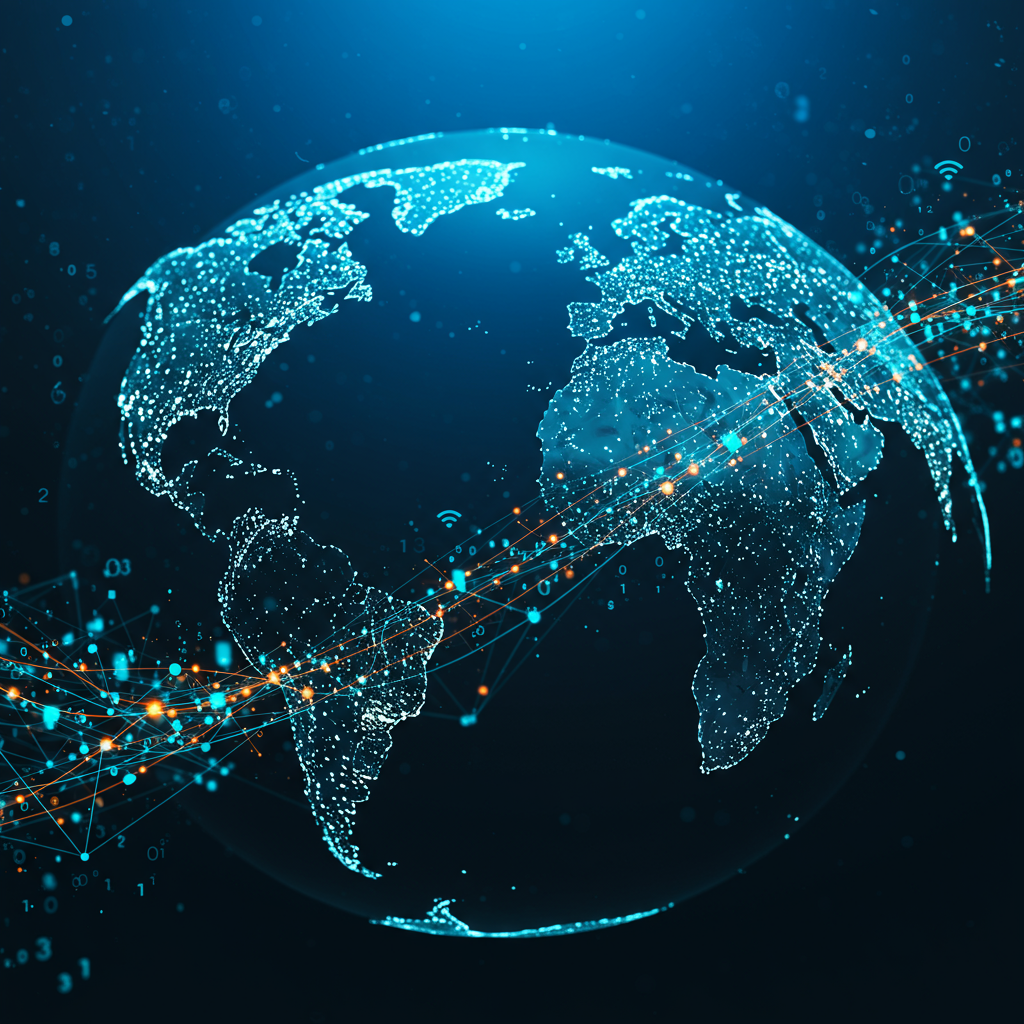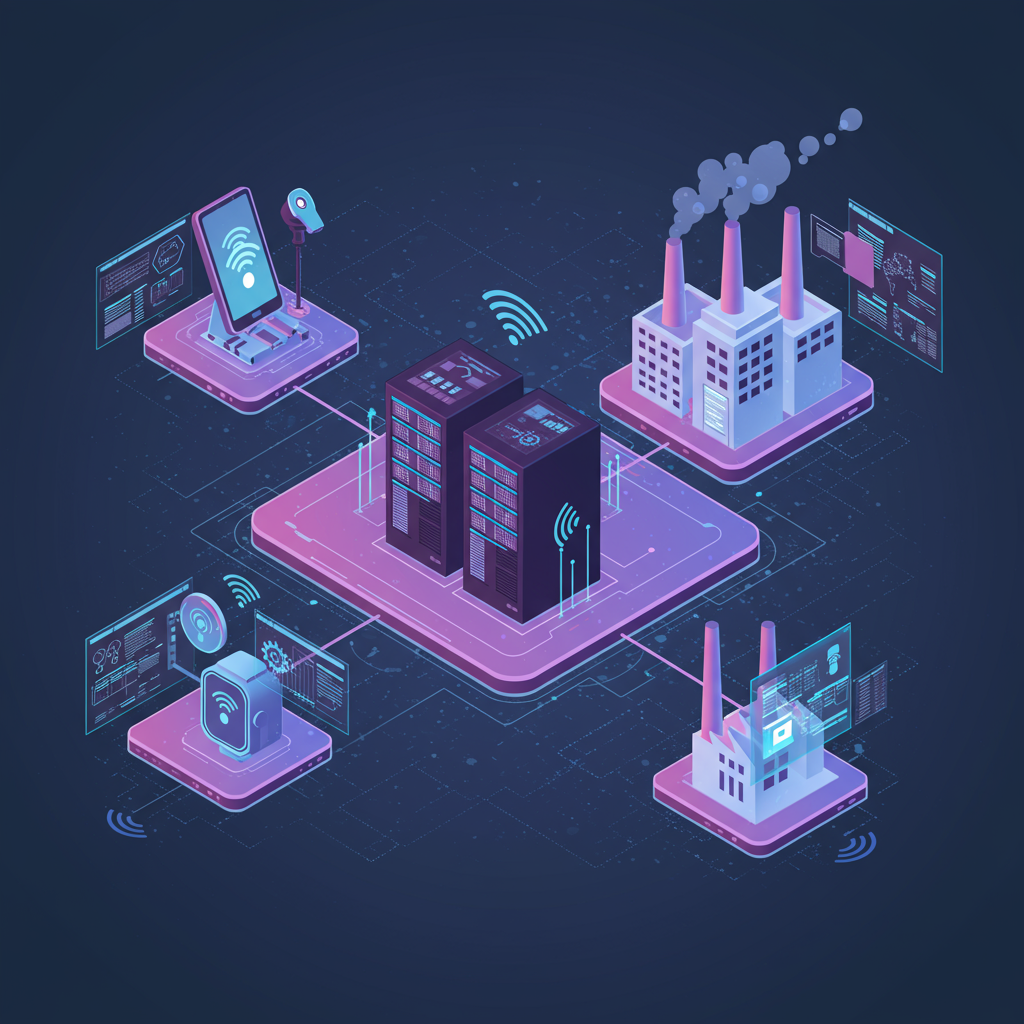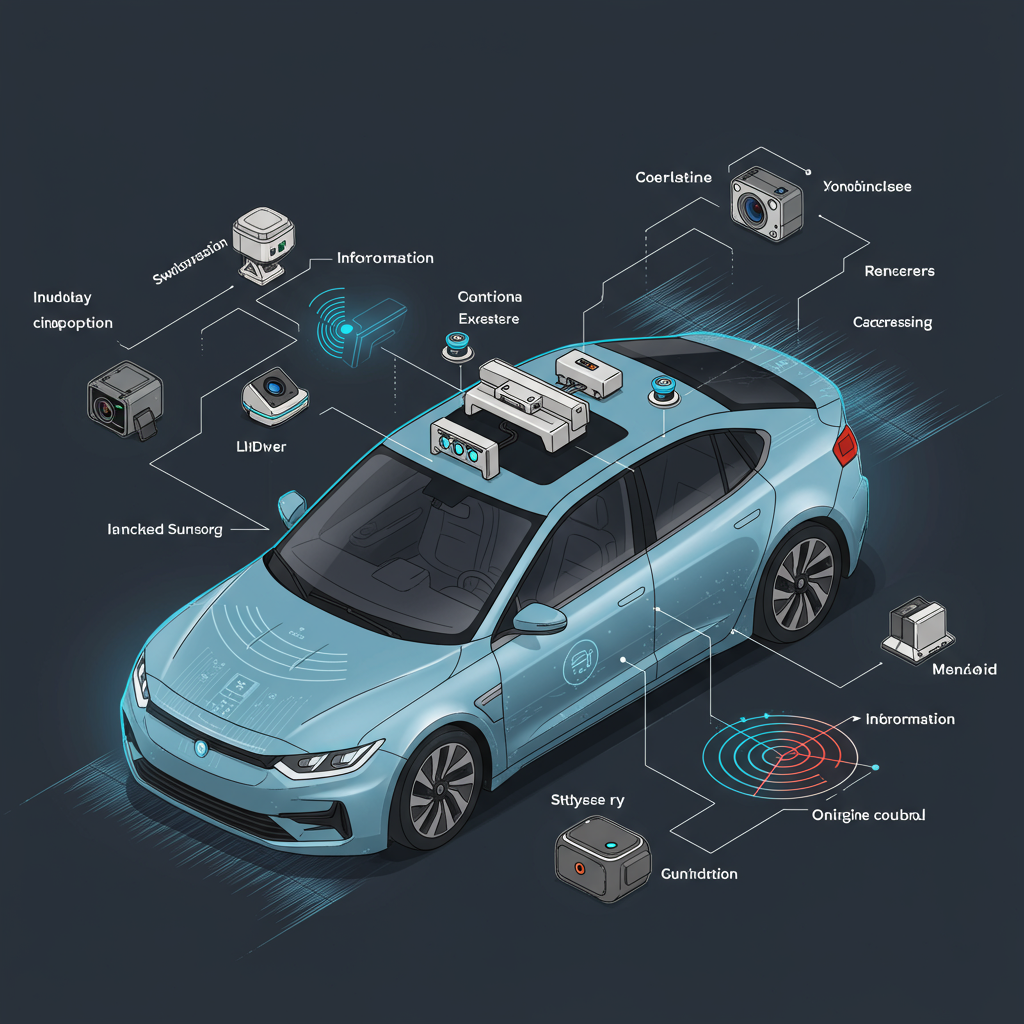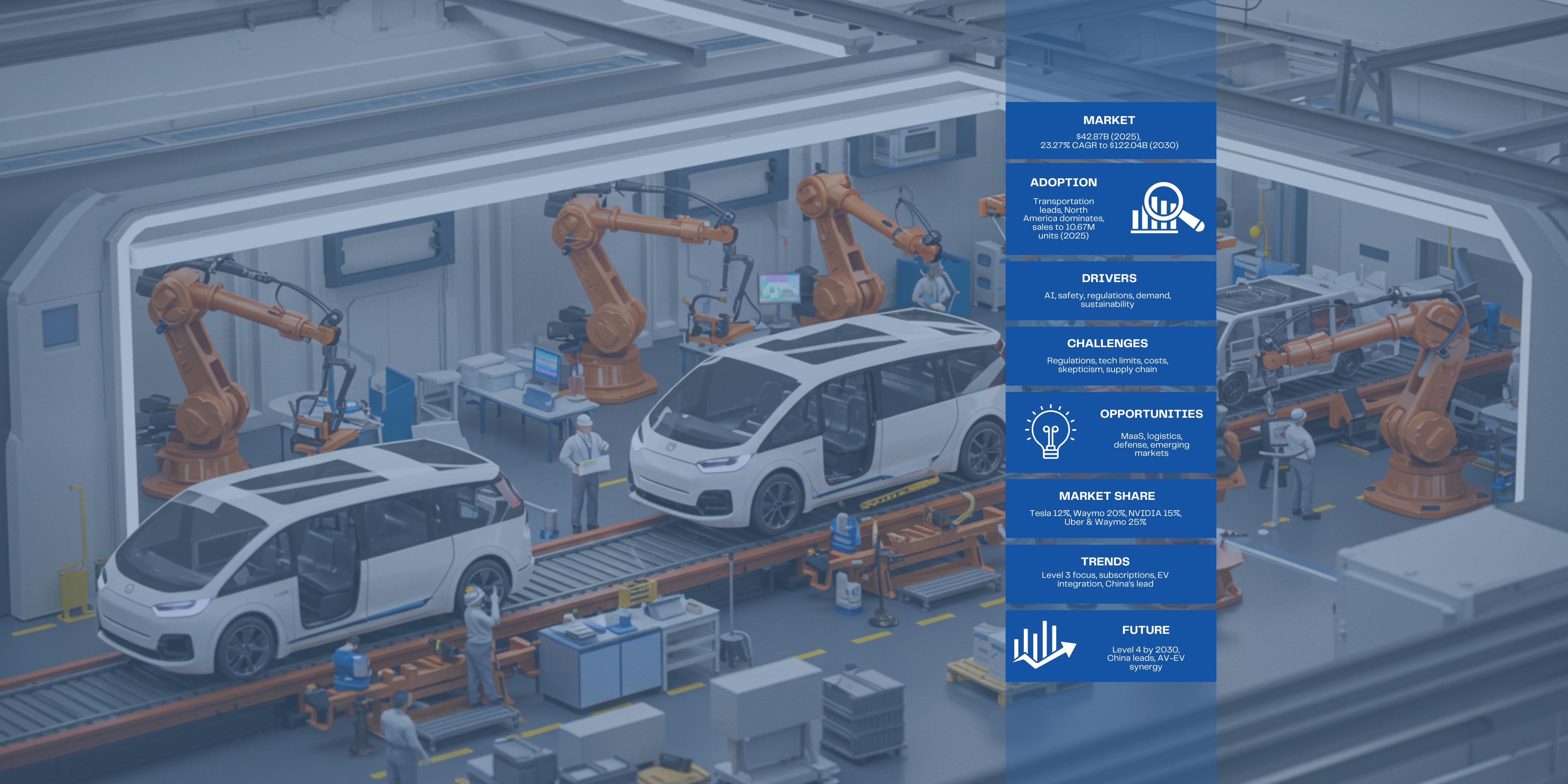This comprehensive analysis examines the future of information and entertainment delivery across urban, suburban, and rural residences by 2032.
The edge computing market is rapidly expanding, driven by the increasing adoption of Industrial IoT (IIoT) solutions across manufacturing, energy, logistics, and utilities sectors.
AV designs vary in their reliance on LIDAR-based systems (e.g., Waymo, Cruise, Volvo), camera-based systems (such as Tesla Vision), and hybrid systems that combine LIDAR, cameras, and radar (e.g., Xpeng, Zoox).
Satellite-based mobile connectivity, led by Starlink and Globalstar, aims to connect 350M without cellular coverage.
Chiplets, modular semiconductor components integrated via advanced packaging, are revolutionizing the autonomous vehicle (AV) industry in 2025 by enhancing performance, reducing costs, and accelerating innovation.
The global autonomous vehicle (AV) market is transitioning from experimental phases to broader commercial deployment in 2025, creating a complex multi-layered ecosystem of raw material suppliers, component manufacturers, software developers, system integrators, and OEMs. Each layer contributes to advancing AV technology, from sensors and chips to AI algorithms and vehicle assembly.
The edge computing market in 2025 is a critical enabler of digital transformation, processing data near its source to reduce latency, optimize bandwidth, and enhance efficiency. Valued between USD 15.96 billion and USD 60.16 billion, the market is projected to grow at a CAGR of 15.7% to 37.9% through 2030, potentially reaching USD 43.4 billion to USD 445.24 billion by 2032.
The Industrial Internet of Things (IIoT) market is experiencing transformative growth, revolutionizing traditional industrial operations through intelligent connectivity. By 2025, IIoT has become indispensable across manufacturing, energy, healthcare, agriculture, and logistics sectors.
The telecommunications market, valued at approximately USD 1.89 trillion in 2024, forms the backbone of global connectivity across residential, central-office, and long-distance services. Projected to grow at a CAGR of 4.2% to 6.3% through 2030, the market could reach USD 2.5-3.3 trillion by 2032, driven by 5G deployment, high-speed broadband expansion, and emerging technologies like IoT, edge computing, and AI.








